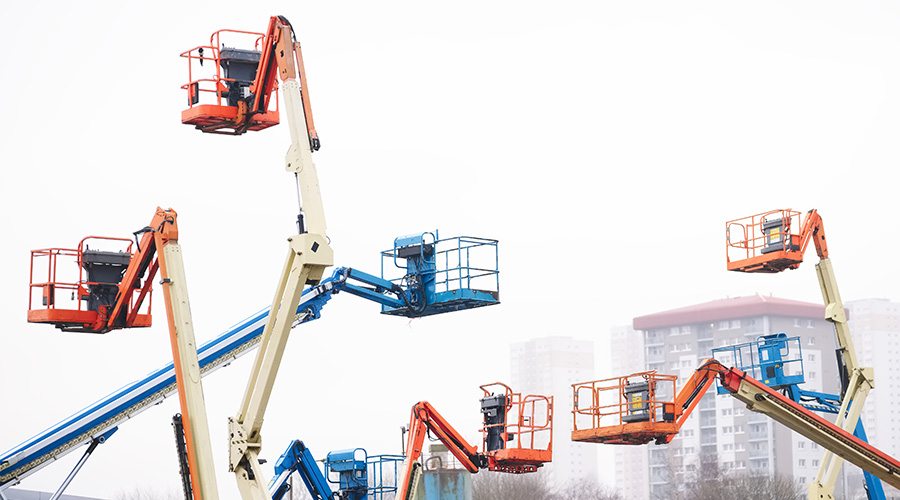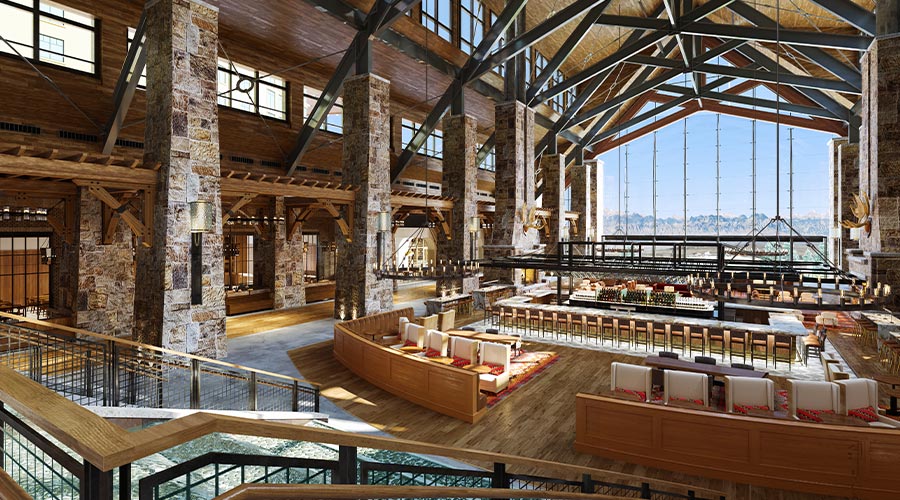Lifts: A Four-Step Needs Assessment
Institutional and commercial facilities feature a host of reasons maintenance and engineering managers would consider using aerial work platforms and lifts. From repairs to gymnasium lighting to second-story façade inspections, buildings have a seemingly endless supply of hard-to access areas.
But once a manager has decided to acquire an aerial work platform for the department, the next step is determining the type of equipment that is most appropriate for the planned use. Beyond that, managers also must decide on the best method of acquiring the lift.
By understanding facility needs and researching the equipment options — including scissor lifts, boom lifts, telehandlers, and personnel lifts — managers can determine whether the smartest option is to buy new equipment, buy used equipment, rent or lease.
Four-Step Needs Assessment
The first step in understanding facility needs for aerial work platforms and lift equipment is to know building codes and regulations. In some situations, handling large fabrications and mobility at a work site might rule out using an aerial lift. In such situations, building codes might require the use of scaffolding instead.
Once managers decide to use a lift for one task, the next step is to gain an in-depth understanding of the entire range of work, locations, and conditions around a work site that require aerial lifts. Managers can further divide these situations into one-time and recurring needs.
For example, moving material onto a roof with a boom lift is a one-time construction project, compared with annual and recurring tasks, such as relamping, window washing, and cleaning electrical insulators.
The third step is to examine the available lift equipment choices that are designed to enhance safety and productivity on work sites.
The fourth step is to consider the amount of equipment and personnel that needs to be at the elevated work site. This step is the basis for selecting the most appropriate capacity, elevated work area, size, and accessories.
Related Topics:














